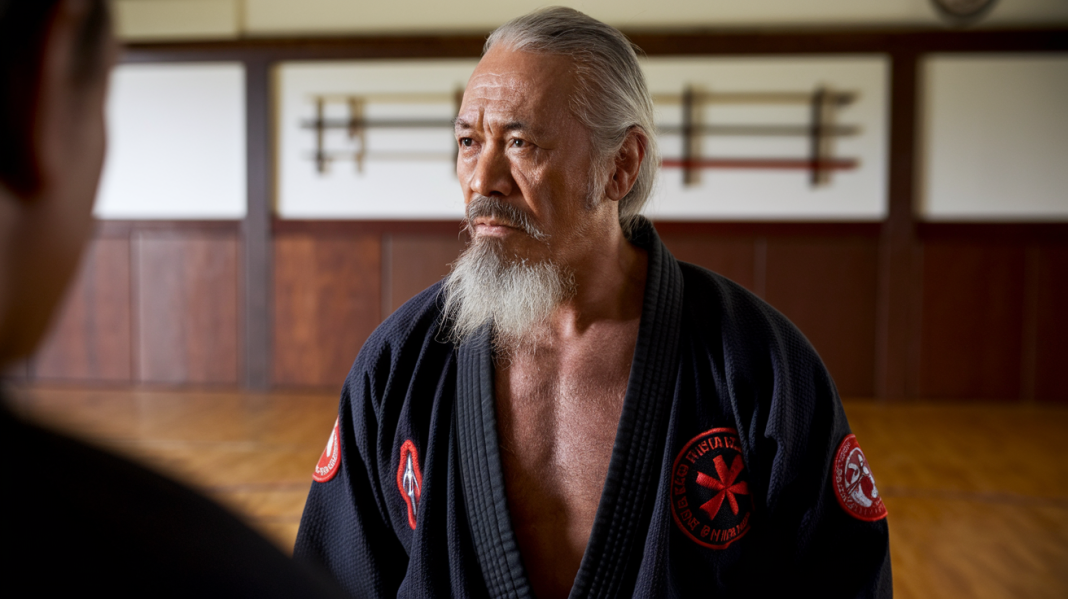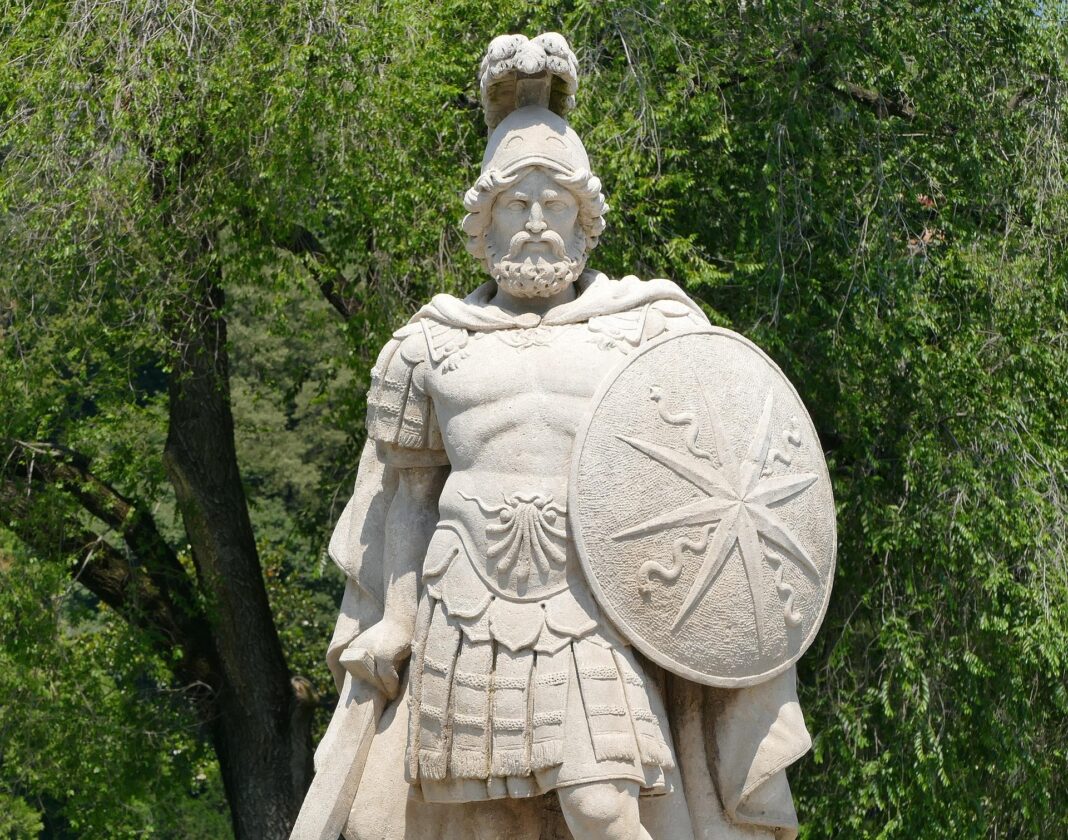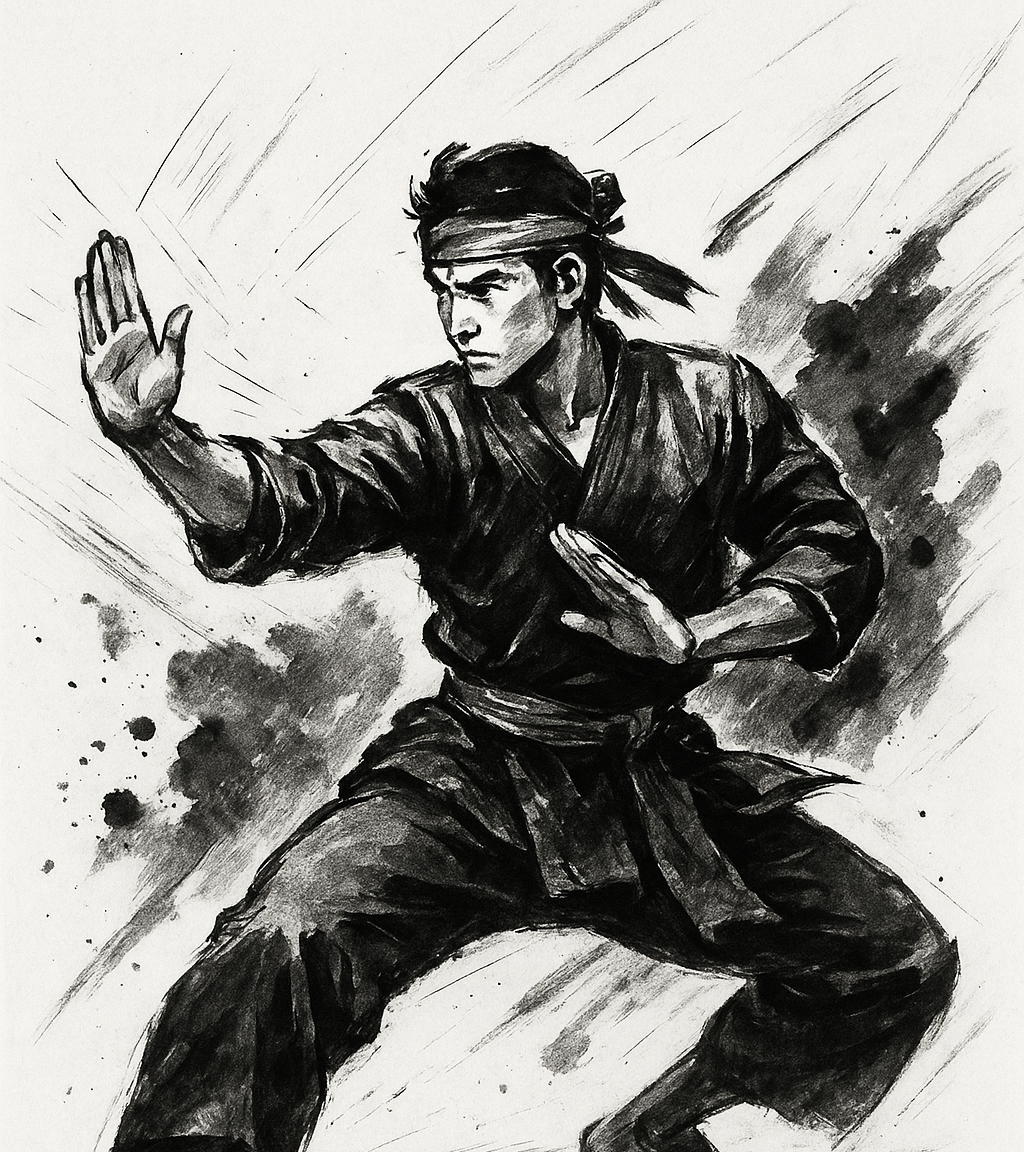Adriano Emperado: The Father of Kajukenbo and the Spirit of Hawaiian Street Survival
Adriano Directo Emperado (1926–2009) was one of the most influential martial artists of the 20th century. As the co-founder and driving force behind Kajukenbo, Emperado created a system born in the streets of Honolulu, designed to give real people the ability to survive real violence. While many martial arts of his time emphasized tradition and formality, Emperado’s Kajukenbo emphasized adaptability, toughness, and no-nonsense practicality.
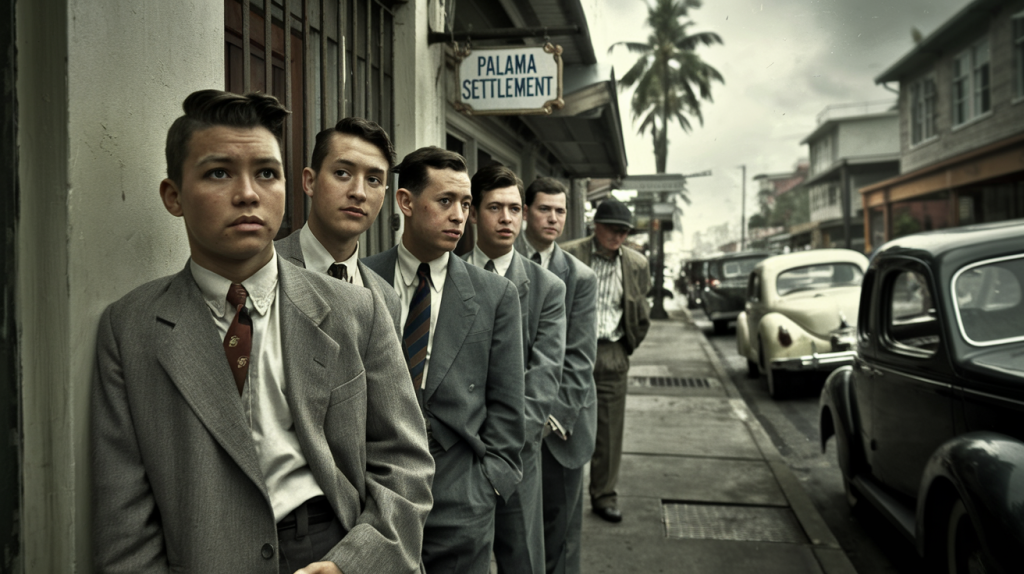
Early Life and Training
Emperado grew up in the tough Palama Settlement district of Honolulu, an area plagued by gangs and street fights after World War II. His martial journey began under some of Hawaiʻi’s most respected teachers:
- Kenpo Karate – trained under William K.S. Chow, one of the most famous kenpo masters and a teacher of Ed Parker (the “Father of American Kenpo”).
- Judo – studied with Henry Okazaki, founder of Danzan Ryu Jujutsu, blending judo, jujutsu, and healing arts.
- Boxing – learned Western pugilism in the streets and gyms of Hawaiʻi.
- Kung Fu – influenced by Chinese martial artists who brought styles like Sil Lum Pai to the islands.
This mix of formal instruction and raw street experience gave Emperado a broad base to work from — and it would fuel his vision for a hybrid fighting art.
Founding of Kajukenbo
In 1947, Emperado joined four other martial artists — Peter Choo (Tang Soo Do & boxing), Joe Holck (Judo & Jujutsu), Frank Ordonez (Danzan Ryu Jujutsu), and George Chang (Kung Fu) — to create a new system. They named it Kajukenbo, an acronym of their styles:
- KA – Karate
- JU – Judo & Jujutsu
- KEN – Kenpo
- BO – Boxing & Kung Fu
The idea was simple: take the best techniques from each discipline, pressure-test them in brutal training, and throw out what didn’t work. Students fought full contact, sometimes breaking bones, to make sure the art worked in the real world.
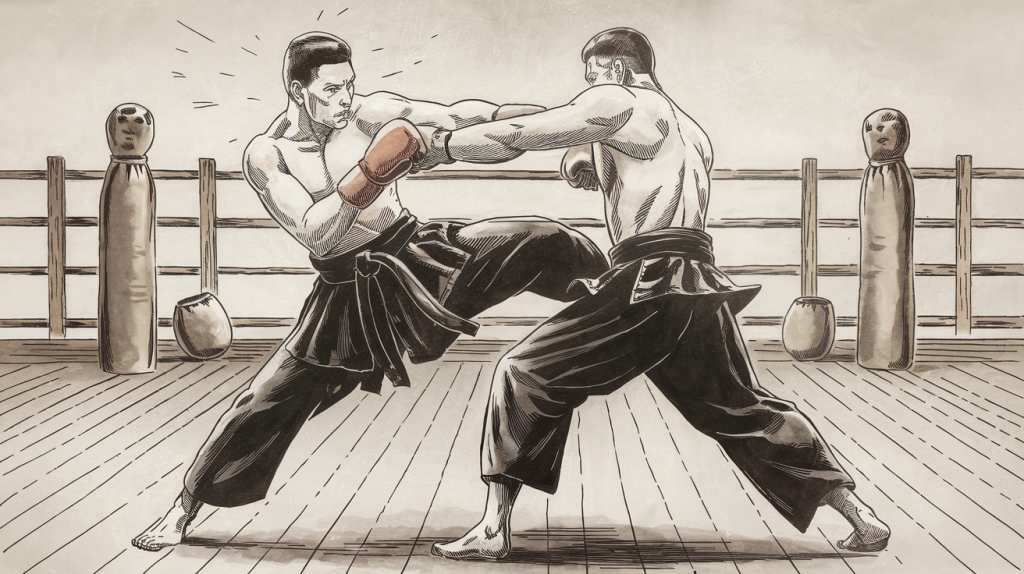
What Emperado Was Famous For
Street-Tested Martial Art – Kajukenbo became known as one of the first true mixed martial arts long before the term MMA existed.
Palama Settlement Training – his classes were legendary for their toughness; students were pushed until they could fight through pain, blood, and fear.
Self-Defense for the People – unlike many arts reserved for the elite, Emperado built Kajukenbo for ordinary Hawaiians, giving them tools to survive in violent neighborhoods.
Legacy of Innovation – his system kept evolving; Kajukenbo practitioners were encouraged to adapt and add new methods, keeping the art alive and relevant.
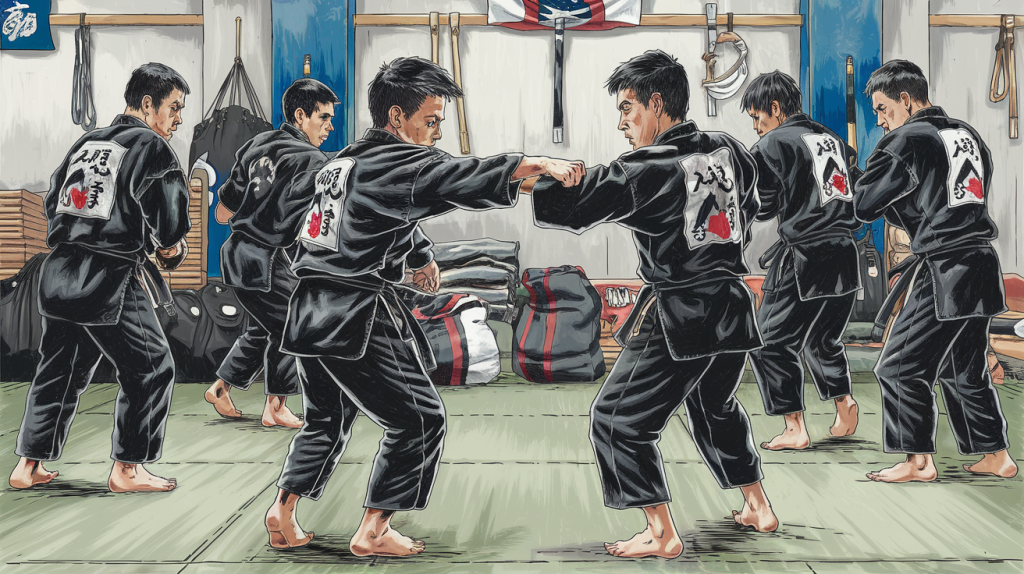
Legacy
Today, Kajukenbo schools exist worldwide, with branches that emphasize everything from traditional kata to modern MMA-style training. Emperado’s influence is seen in self-defense programs, hybrid martial arts, and even the mindset of testing techniques under pressure.
Adriano Emperado wasn’t just a martial artist — he was a fighter forged in the streets, a teacher who gave power to the powerless, and a pioneer who showed the world that tradition and innovation could exist side by side.
